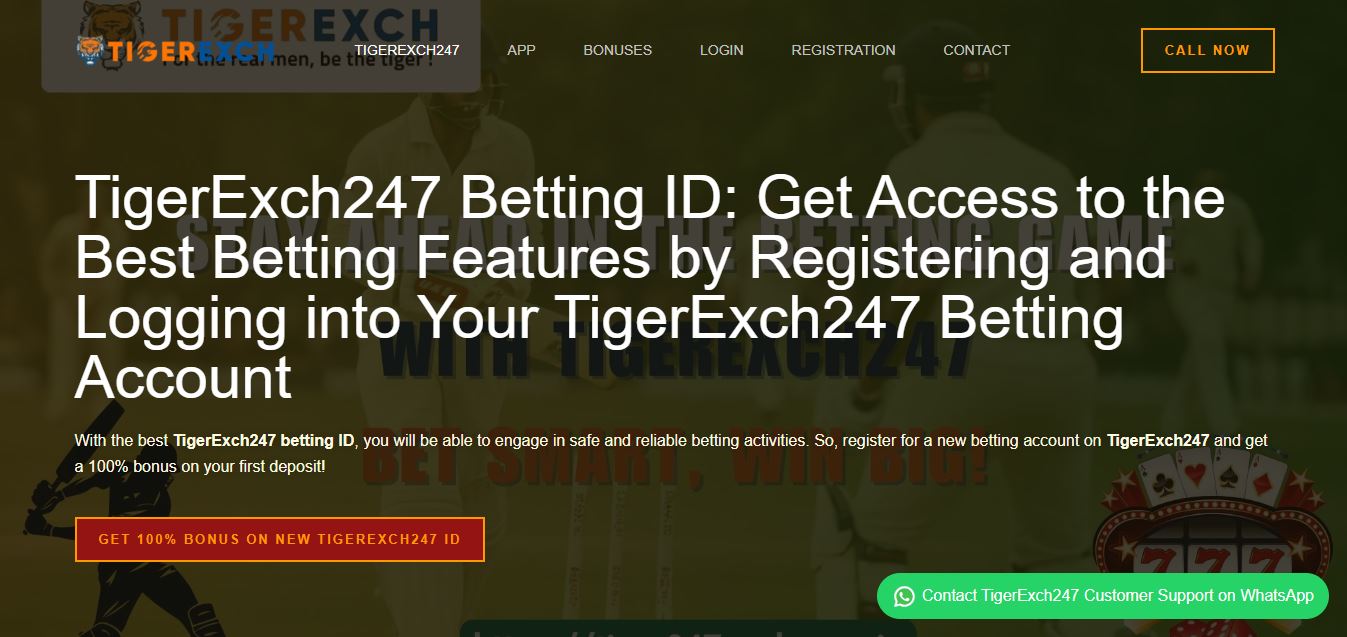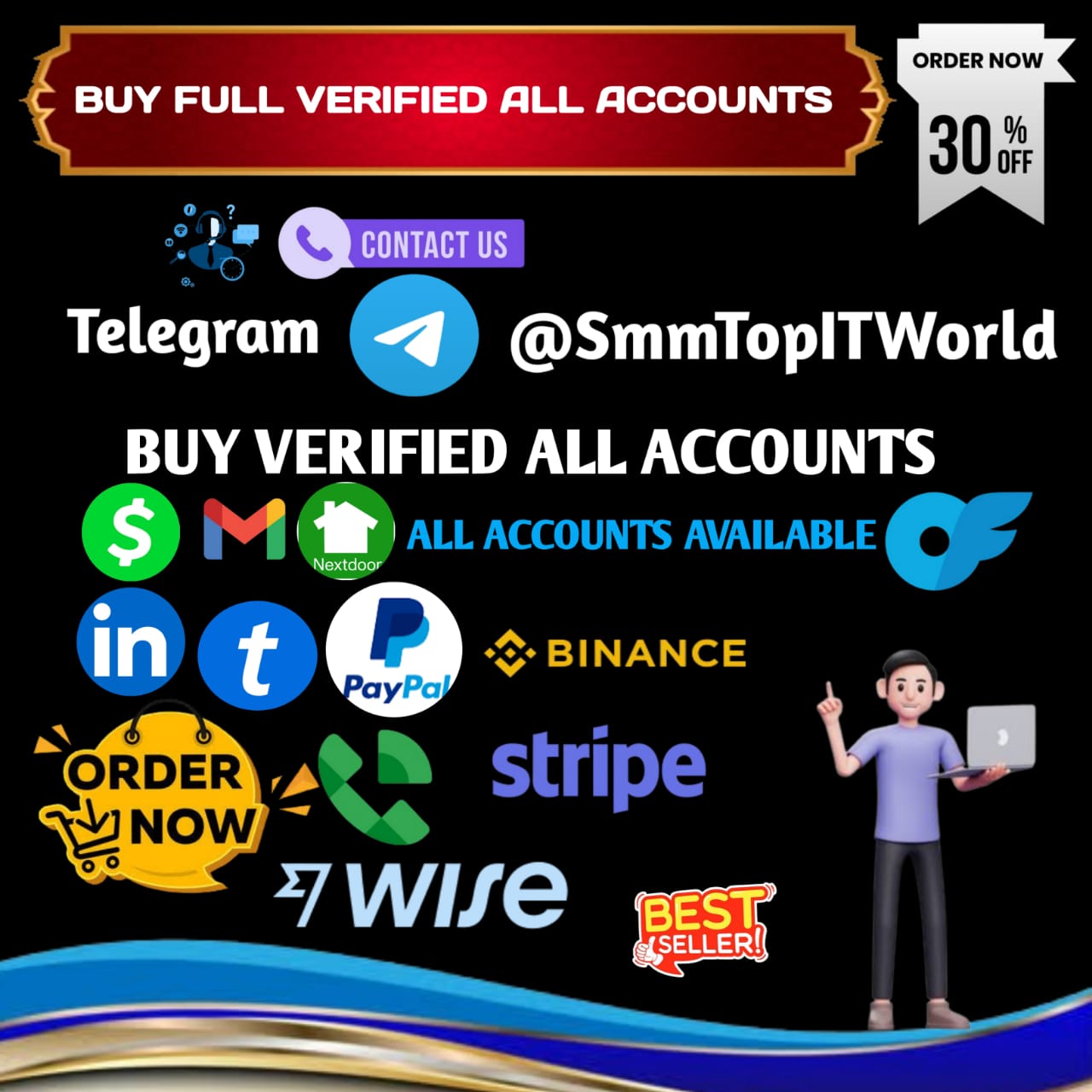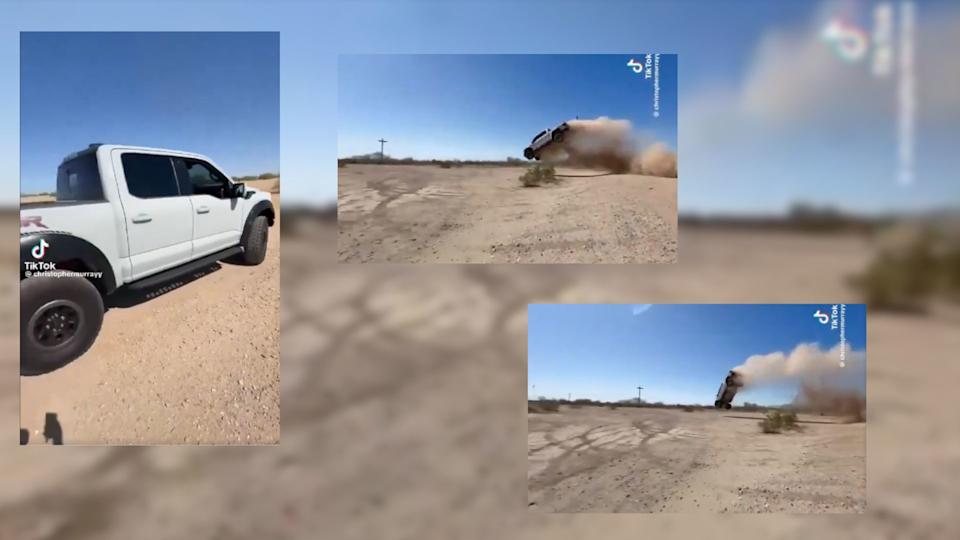
Key Points
-
XRP has pulled back more than 30% from its 52-week high.
-
Some of its near-term regulatory headwinds are fading.
-
But its longer-term catalysts are still unclear.
-
10 stocks we like better than XRP ›
XRP's (CRYPTO: XRP) price has swung between a low of $0.39 and a high of $3.40 over the past 52 weeks. A year ago, XRP still faced an uncertain future as its lengthy legal battles against the Securities and Exchange Commission (SEC) dragged on. However, the bulls rushed back as most of those regulatory headwinds dissipated in late 2024. Declining interest rates and President Donald Trump's crypto-friendly stance drove its price even higher.
XRP subsequently pulled back and now trades at around $2.20 per token, and it remains more than 40% below its all-time high of $3.84 in January 2018. Should investors still buy XRP now and expect it soar to new record highs above $4? Let's take a fresh look at the token's near-term catalysts to decide.
Why did the SEC go after Ripple?
XRP was created in 2012 by the founders of Ripple Labs, a fintech company that promoted its blockchain as a cheaper, faster, and more secure alternative to the SWIFT (Society for Worldwide Interbank Financial Telecommunication) protocol for money transfers. Ripple used XRP as a bridge currency for some of its transactions.
Ripple's founders pre-mined XRP's entire supply of 100 billion tokens before its launch, and they allocated 80 billion tokens to the company and the remaining 20 billion tokens to themselves. Ripple then periodically sold its own XRP tokens to fund the company's expansion.
That capital-raising strategy caught the attention of the SEC, which sued Ripple in 2020 and argued it was selling unlicensed securities through its XRP offerings. That lawsuit caused XRP to be removed from the major crypto exchanges, and Ripple lost several of its top customers.
What happened after the SEC backed off?
In July 2023, a court ruled that XRP couldn't be considered an unlicensed security. That ruling didn't end the SEC lawsuit, but it prompted the top crypto exchanges to relist XRP.
Last August, the SEC lawsuit concluded with a lighter-than-expected fine for Ripple. The SEC appealed that ruling, but the recent rumors suggest it could completely drop that appeal. The end of that lawsuit drove most of XRP's gains over the past year.
Grayscale, which closed down its original XRP Trust in 2020 in response to the SEC lawsuit, also brought it back as a closed-end fund (CEF) for accredited investors last September. Several other crypto firms also submitted their applications for new XRP ETFs.
Story ContinuesWhat are the next big catalysts for XRP?
Many of Ripple's regulatory headwinds dissipated over the past year, but the SEC needs to formally drop its appeal and officially state that XRP is not a security. That clarity could encourage more financial institutions to adopt XRP as a bridge currency for their transactions. Ripple recently applied for a U.S. banking license. If that charter is approved, it could use XRP as a liquidity bridge for more fiat transfers for high-remittance markets like India, Brazil, and the Philippines. Ripple also launched pilot programs with several central banks to use XRP to bridge the liquidity between their national central bank digital currencies.
If more banks and fintech companies adopt XRP as a liquidity bridge, its price should stabilize. If the SEC finally approves the first XRP ETFs, those funds could draw in more retail and institutional investors and drive its price even higher.
XRP can't really be measured by its scarcity like Bitcoin because it can't be mined. It also can't be valued by the size of its developer ecosystem, since it doesn't natively support smart contracts like Ethereum and other proof-of-stake (PoS) blockchains. However, XRP's developers have been adding support for lightweight smart contracts (mainly for payments) to its ledger through "hooks" and application programming interfaces (APIs). They've also proposed the development of sidechains that can support Ethereum-based smart contracts. These first steps suggest the XRP Ledger could eventually support more decentralized apps (dApps) in the future.
But will it ever rally to $4 and beyond?
XRP's price could stabilize as those tailwinds kick in, but most of its near-term price targets hover around $3 instead of $4. That's because it could take a lot of capital to drive its price higher. With a market cap of $134 billion, a 75% rally to $4 would drive its valuation to $235 billion and make it comparable to Ether, which has a market cap of $312 billion.
XRP is technically a deflationary token, since no new tokens can be minted and it burns (removes from circulation) a tiny quantity with every transaction. But there are still 59 billion coins in circulation today, and that plentiful supply could limit its upside potential unless some big investors swoop in.
XRP's downside potential might be limited at these levels, but I wouldn't rush to buy it right now. Its price should stay below $4 for a long time, and it could struggle to gain more momentum unless all of its aforementioned catalysts kick in. So now, I'd rather stick with Bitcoin or Ether instead of XRP.
Should you invest $1,000 in XRP right now?
Before you buy stock in XRP, consider this:
The Motley Fool Stock Advisor analyst team just identified what they believe are the 10 best stocks for investors to buy now… and XRP wasn’t one of them. The 10 stocks that made the cut could produce monster returns in the coming years.
Consider when Netflix made this list on December 17, 2004... if you invested $1,000 at the time of our recommendation, you’d have $699,558!* Or when Nvidia made this list on April 15, 2005... if you invested $1,000 at the time of our recommendation, you’d have $976,677!*
Now, it’s worth noting Stock Advisor’s total average return is 1,060% — a market-crushing outperformance compared to 180% for the S&P 500. Don’t miss out on the latest top 10 list, available when you join Stock Advisor.
See the 10 stocks »
*Stock Advisor returns as of June 30, 2025
Leo Sun has no position in any of the stocks mentioned. The Motley Fool has positions in and recommends Bitcoin, Ethereum, and XRP. The Motley Fool has a disclosure policy.
Should You Buy XRP While It's Under $4? was originally published by The Motley Fool














